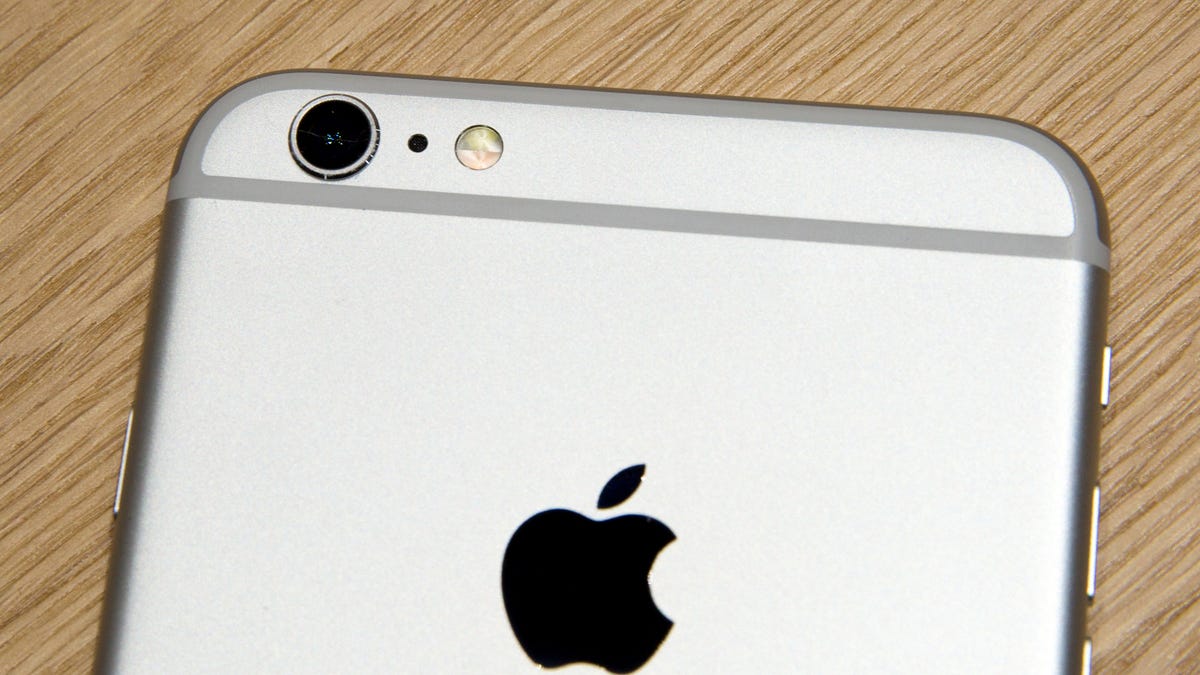Ho-hum iPhone sales good enough to pump Apple profits
Apple didn't sell as many iPhones in the quarter as analysts expected, but Wall Street doesn't seem to mind.
Those worries about waning consumer interest in smartphones seem a bit premature. At least for Apple.
The Cupertino, California, tech titan said Tuesday it sold 48 million iPhones in its fiscal fourth quarter. Sure, it wasn't as much as some anticipated, but it was enough to propel its earnings and revenue above Wall Street expectations.
Analysts polled by Fortune on average estimated that Apple would sell 48.7 million units.
Apple added more reassurances that people will still be buying its products in the looming holiday season. It projected December quarter revenue in line with forecasts, and CEO Tim Cook said on a conference call with analysts that he expects iPhone revenue and unit sales to rise.
The iPhone has been Apple's biggest moneymaker for years, but it has become even more important since last year's introduction of the iPhone 6 and 6 Plus . Consumers scooped up large quantities of the company's first big-screen smartphones, which became Apple's best-selling products of all time. They helped Apple report the highest quarterly profit of any public company -- ever -- three quarters ago. The concern is Apple may not be able to top that act.
Cook rattled off a few reasons why he's bullish, including a higher number of folks switching from Android, strong sales in China and emerging markets, and growing revenue from business customers.
Piper Jaffray analyst Gene Munster called the forecast for the company's fiscal first quarter "a relief given investors were bracing for the start of the (iPhone) 6S cycle to be down meaningfully."
Apple's shares initially rose about 3 percent in after-hours trading and then settled around Tuesday's closing price.
Apple's iPhone dependence
Preorders for the iPhone 6S and its larger sibling, the 6S Plus, started September 12, and the smartphones hit the market two weeks later. Even without major design changes, the new phones have reeled in droves of consumers, who bought 13 million the first weekend they were available.
The fiscal fourth quarter included only that couple of weeks of iPhone preorders. The current quarter, traditionally Apple's biggest of the year, will be the true measure of how the iPhone 6S line is doing.
Apple on Tuesday projected revenue of $75.5 billion to $77.5 billion for the December period. Analysts polled by Thomson Reuters most recently forecast revenue of $77.2 billion. Apple doesn't provide estimates for iPhone sales in future quarters, but it's easy to draw conclusions from its revenue forecast because the smartphone now represents about two-thirds of the company's sales.
The expected sales increase alleviated fears Apple would post its first revenue decline in a decade.
A big reason for the iPhone's recent strong sales is China. That country surpassed the US to become Apple's biggest iPhone market in the March quarter. Still, China could become less of a sure bet for Apple if the region's economy slows and demand starts to dry up.
Apple reported that its fourth-quarter revenue in Greater China, which includes mainland China, Taiwan and Hong Kong, nearly doubled to $12.5 billion from a year ago. It slid about 5 percent from the fiscal third quarter.
Cook said that while China's economy isn't growing as fast as before, Apple's not seeing any impact. "You really can't tell a difference if you look at our daily and weekly numbers," he said. "We're investing for the decades ahead."
Overall, Apple's revenue for the period ended September 26 climbed 22 percent to $51.5 billion, just ahead of analysts' expectations.
Net income rose to $11.1 billion, or $1.96 a share, from $8.5 billion, or $1.42 a share, a year earlier. Analysts had expected earnings of $1.88 a share.
Another iPad drop
Apple's iPad business continued its freefall during the quarter. Sales dropped 20 percent from the previous year to 9.9 million units, the seventh time in a row that sales have fallen from the previous year and below analyst estimates.
Apple's newest tablet, the 12.9-inch iPad Pro, hits the market next month. The company hopes the iPad Pro appeals to business users and other professionals looking to do more with their tablets than just watch YouTube videos.
Mac sales, meanwhile, set a record. Sales rose 3.4 percent to 5.7 million units, in line with the forecast of analysts polled by Fortune. Apple's computer business has been doing well while rivals struggle, but tech research firms Gartner and IDC earlier this month said Apple's Mac business likely posted its slowest growth rate in two years. Still, Apple occupies a larger slice of the computer market, which is retreating even more sharply.
As expected, Apple didn't break out Apple Watch sales figures. The company lumps the device in with "other products" like iPods. Revenue for that segment grew 61 percent from the previous year to $3.05 billion. Analysts polled by Fortune recently estimated Apple sold 3.95 million Apple Watches in the quarter.
"Sales of Apple Watch were also up sequentially and were ahead of our expectations," Cook said during a conference call with analysts.
While the Apple Watch can't match the iPhone in sales, it's an important new market as Apple tries to become less reliant on its smartphone.


